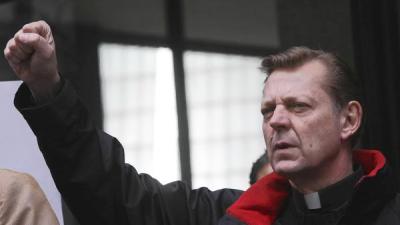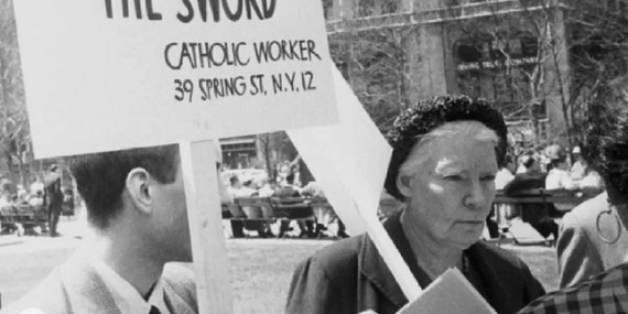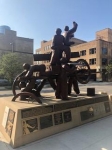http://content.library.luc.edu/cdm/ref/collection/coll7/id/60

This source discusses a Catholic women’s group’s efforts to reinstate worker’s rights to farmers who provided the product for Coca-Cola’s Minute Maid lemonade. The source features comments about the impact of the group’s boycott but also remarks on their need to do more work. The group was successful in achieving the rehiring “of the same farm workers…at the same wages.” However, there was still much work to be done as “there is no union contract providing job security, protection from deadly pesticides, grievance procedures or many other benefits these workers have had in the past 21 years.” This letter describes what has been done and what has not yet been accomplished. It also outlines the next steps that the organization hoped the recipients of this letter would carry out. These included the recipient’s endorsement of the Coca-Cola boycott as well as the publication of this endorsement to do the Coca-Cola Company as well as the press.
“there is no union contract providing job security, protection from deadly pesticides, grievance procedures or many other benefits these workers have had in the past 21 years.”
This source shows the dedication this Catholic women’s group had to social welfare and justice. It can be argued that they saw these types of issues as issues of moral character. The author described the “corporate shuffle” that the Coca-Cola Company employed as a tactic to “avoid its moral obligations to Florida farm workers. This explicit condemnation of Coca-Cola’s actions along with their characterization as immoral, it is easy to draw this conclusion. The author also began this letter with the quote, “What do you mean by crus[h]ing my people, and grinding down the poor when they look for you? Says the God of Hosts” (Isaiah 3:15)
This source shows evidence that in 1994, the year this letter was penned, Catholics still remained adamant about fighting for the rights of the worker. In the instance of the Coca-Cola boycott, that worker was no longer employed in urban factories during the period of rapid American industrialization. They were farm laborers in the citrus groves of Florida. This article shows the same type of social activism that is discussed in the McGreevy article. In this article, the author articulated the Papacy’s “concern about the conditions of industrial workers,” some of whom were Catholic, that moved to industrial centers in the North Atlantic (McGreevy). The comparison of these two sources shows the continuation of the fight amongst Catholics for the rights of workers. As shown in the Coca-Cola boycott letter source, progress has been made, but there was and still is more work to be done as articulated in 1994.
“What do you mean by crus[h]ing my people, and grinding down the poor when they look for you? Says the God of Hosts” (Isaiah 3:15)





































